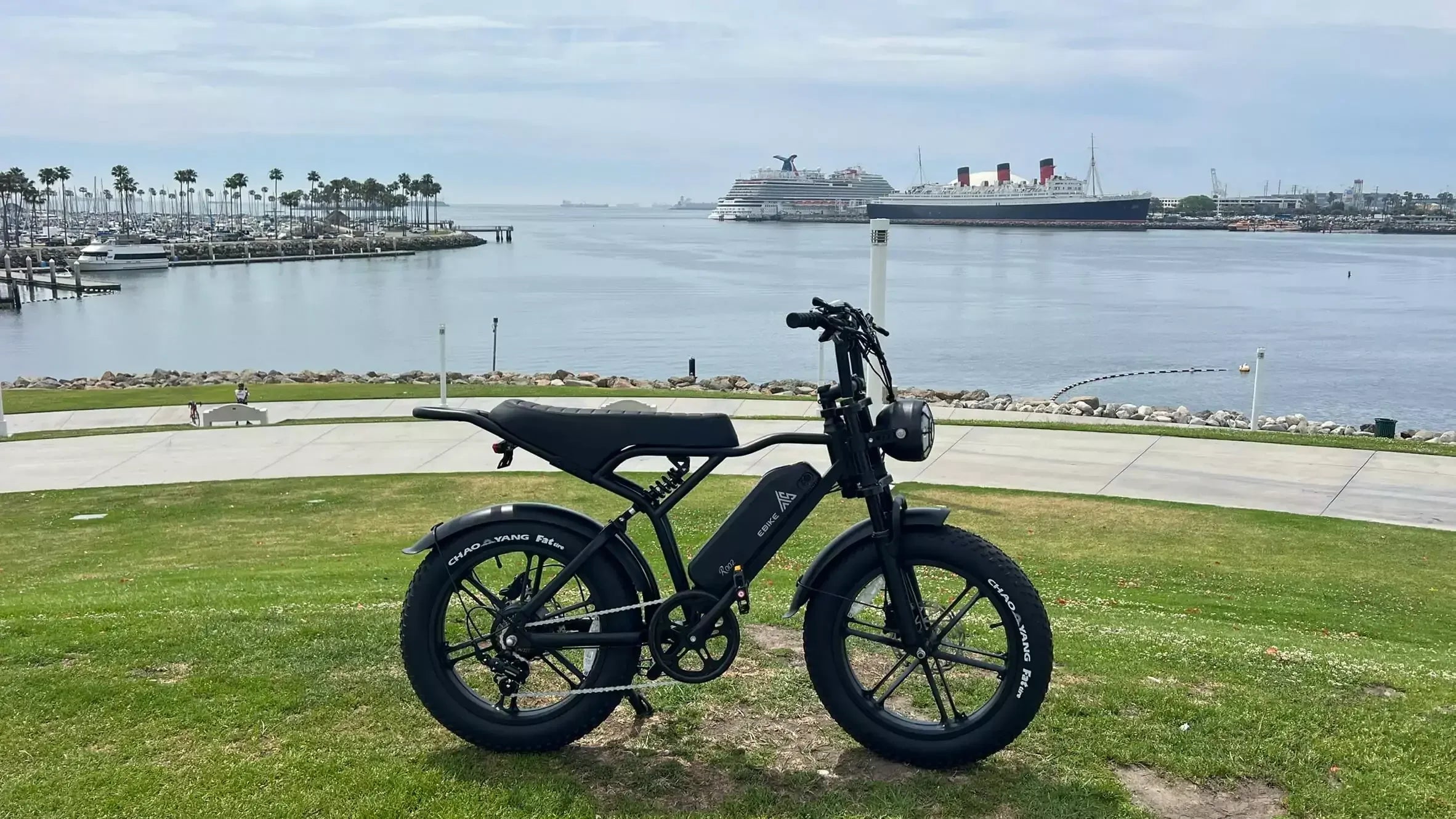A 1300W rear motor enhances electric bike performance by delivering high torque for rapid acceleration, powerful hill climbing, and sustained speeds up to 28-32 mph. Its rear-hub placement maximizes traction and stability, while pairing with a 48V battery system ensures efficient, consistent power delivery across varied terrains, making it ideal for heavy loads and off-road adventures.
How Does the 1300W Motor Generate Power and Torque?
The 1300W rear motor uses electromagnetic force to spin the rear wheel directly, producing torque typically between 85 and 95 Nm. This high torque enables quick starts and strong hill-climbing capability. The brushless design reduces friction and heat, improving efficiency and durability. Operating on a 48V-52V system, it draws up to 27 amps to maintain power under load.
Chart: Motor Power, Torque, and Speed Comparison
| Motor Power (W) | Torque (Nm) | Top Speed (mph) |
|---|---|---|
| 750W | 60 | 25 |
| 1000W | 75 | 27 |
| 1300W | 85-95 | 28-32 |
Why Is Rear-Hub Placement Beneficial for Performance?
Placing the motor on the rear wheel applies power directly where traction is greatest, improving acceleration and control on loose or slippery surfaces like sand, snow, and gravel. Rear-hub motors simplify maintenance by avoiding complex drivetrains and provide a natural riding feel, complementing fat tires’ wide contact patch for stability.
How Does the 48V Battery Support the 1300W Motor?
A 48V lithium-ion battery, typically 15Ah or higher, supplies stable voltage and high current to the motor, minimizing voltage sag during acceleration or climbing. This ensures consistent power output and extends ride range, typically 50 to 65 miles depending on terrain and assist level. Advanced battery management systems protect against overcharge and overheating.
What Role Does the Controller Play in Enhancing Performance?
The electronic controller regulates power flow from the battery to the motor, ensuring smooth acceleration and protecting components from overload. Controllers rated for 25-30 amps match the 1300W motor’s demands, optimizing efficiency and thermal management for reliable, sustained performance.
How Do Fat Tires Complement the Rear Motor’s Power?
Fat tires, usually 4 inches or wider, provide increased traction and shock absorption, allowing the motor’s torque to translate efficiently into forward motion. While fat tires increase rolling resistance, the 1300W motor compensates with extra power, maintaining speed and control on rough or soft terrain.
What Maintenance Practices Ensure Optimal Motor Performance?
Regular cleaning of the motor and connectors prevents efficiency loss due to dirt or corrosion. Avoiding water immersion protects seals and internal components. Maintaining proper tire pressure and drivetrain lubrication reduces strain on the motor, preserving torque and speed capabilities.
Buying Tips
When selecting a 1300W rear motor electric bike, consider:
- Motor Quality: Brushless 1300W rear hub motor with thermal protection.
- Battery Capacity: 48V 15Ah or higher for sustained power and range.
- Controller Specs: 25-30 amp controllers for efficient power delivery.
- Tire Size: Choose 26-inch for rugged terrain or 27-inch for mixed use.
- Maintenance: Regular inspection and cleaning to maintain performance.
- Brand Reputation: Opt for trusted brands like TST EBike with quality assurance.
These factors ensure powerful, reliable, and versatile e-bike performance.
TST EBike Expert Views
“TST EBike’s 1300W rear motors deliver exceptional torque and speed, perfectly matched with robust batteries and fat tires. This combination provides riders with confident acceleration, stable handling, and the ability to tackle diverse terrains effortlessly.” — TST EBike Product Specialist
Frequently Asked Questions (FAQ)
Q: What top speed can a 1300W rear motor e-bike reach?
A: Typically 28 to 32 mph depending on rider weight and terrain.
Q: How does rear-hub placement improve traction?
A: It applies power directly to the rear wheel, maximizing grip on loose surfaces.
Q: What battery supports a 1300W motor?
A: A 48V 15Ah or higher lithium-ion battery provides stable power and range.
Q: How often should I maintain the rear motor?
A: Clean and inspect connections regularly; avoid water immersion.
Q: Are fat tires necessary with a 1300W rear motor?
A: They enhance traction and stability, complementing the motor’s power.



























Leave a comment
This site is protected by hCaptcha and the hCaptcha Privacy Policy and Terms of Service apply.